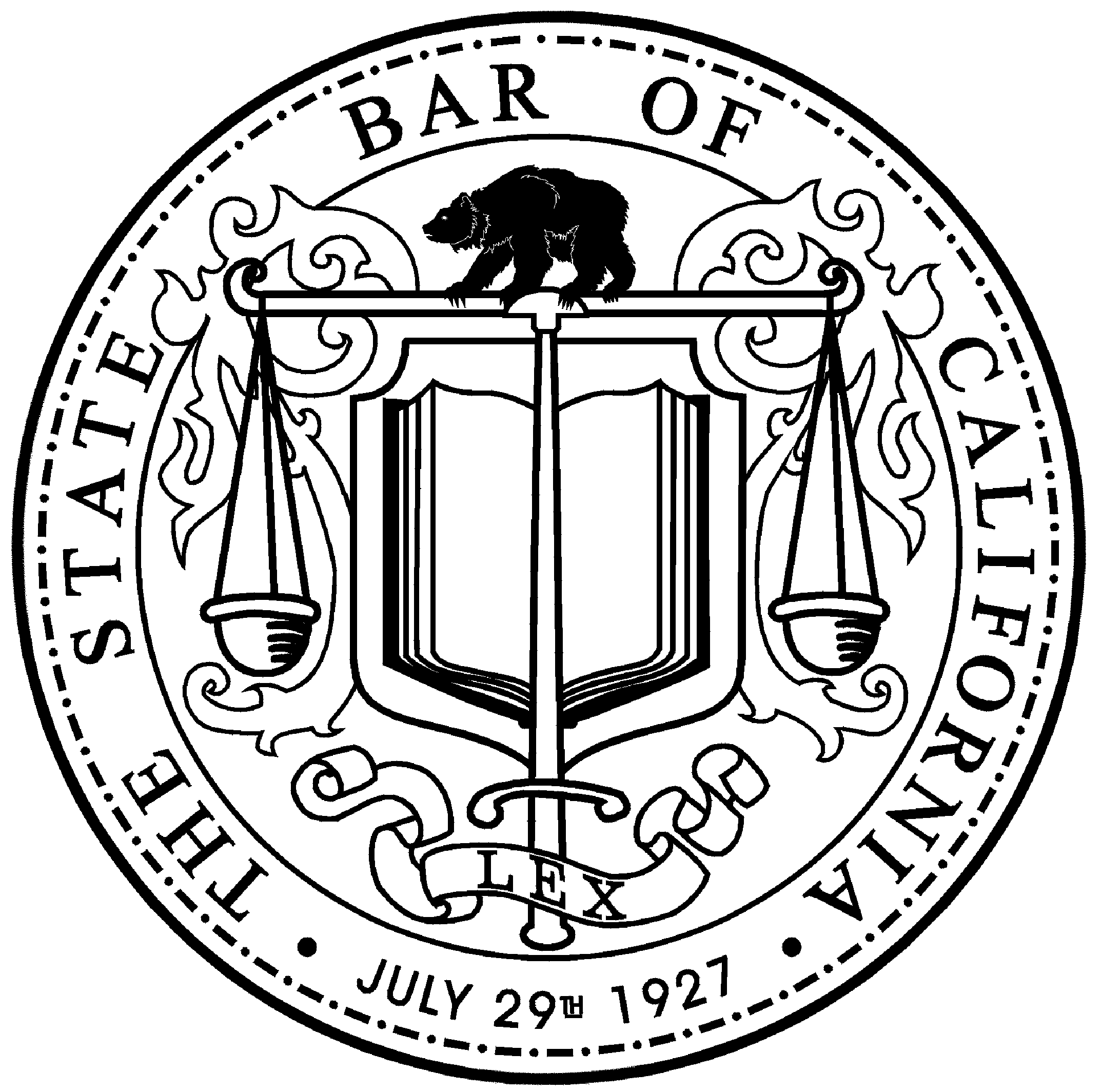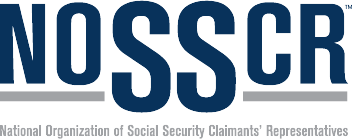The Impact of Workplace Safety Audits on Workers' Compensation Claims
Workplace safety audits are more than just a compliance checklist—they’re a critical tool for protecting employees and reducing risk for employers. When conducted thoroughly and consistently, these audits can identify hazards before they cause harm, reinforce safety protocols, and ultimately reduce the number and severity of workers’ compensation claims. In this blog, we’ll explore how safety audits impact the claims process, why they matter legally and financially, and what steps businesses and workers alike can take to ensure a safer, more accountable workplace.
What Is a Workplace Safety Audit?
A workplace safety audit is a structured evaluation of a company’s health and safety practices, designed to assess whether the environment complies with internal standards, industry regulations, and legal requirements. Unlike informal inspections, which may be more reactive or task-specific, a safety audit takes a comprehensive and proactive approach. It aims to uncover systemic weaknesses that could lead to accidents, injuries, or legal liability.
The process typically includes several key components:
Physical Inspections: Evaluators examine machinery, equipment, and workspaces for hazards such as faulty wiring, slippery floors, or improperly stored materials.
Policy Review: Auditors assess whether written safety policies exist and if they align with current laws and best practices.
Employee Interviews and Observations: Workers are observed in action and may be interviewed to determine their understanding of safety procedures and whether protocols are being followed.
Record Evaluation: Incident reports, injury logs, maintenance records, and training documentation are reviewed for consistency and completeness.
Safety audits can be conducted internally by designated personnel or externally by third-party safety consultants. Industries with higher physical risk—like construction, manufacturing, or warehousing—often benefit most from regular audits, but every workplace has its own set of hazards that can be proactively addressed through this process.
By identifying risks before they result in injury or litigation, workplace safety audits serve as both a preventative and protective measure. They not only safeguard employees but also help employers build a more defensible position in the event of a workers’ compensation claim.
The Legal and Financial Stakes of Workers' Compensation Claims
Workers’ compensation claims aren’t just administrative processes—they carry significant legal and financial weight for both employers and employees. For employers, even a single claim can trigger a chain reaction of consequences that affect operating costs, insurance premiums, productivity, and reputation. For employees, the outcome of a claim can determine whether they receive the medical care and wage replacement they need to recover and return to work.
From a financial standpoint, claims can be costly. When an employee is injured on the job, the employer’s workers’ compensation insurance typically covers medical expenses, lost wages, and rehabilitation. However, a pattern of frequent or severe claims can lead to increased premiums, audits by insurance providers, or even penalties from regulatory agencies like OSHA if safety violations are found. In extreme cases, employers may face lawsuits, especially if negligence or willful misconduct is involved.
Legally, the implications run even deeper. A poorly handled injury—either through inadequate documentation, insufficient training, or ignored safety protocols—can open the door to disputes, claim denials, or litigation. Employers who fail to maintain safe working environments or neglect to comply with safety standards may find themselves under scrutiny from regulatory bodies, exposing them to citations, fines, or court action.
For employees, navigating the claims process can be overwhelming, particularly if an employer challenges the legitimacy of the injury or fails to report it properly. In such cases, legal representation is often critical to securing full benefits and ensuring accountability.
This legal and financial balancing act underscores the importance of proactive safety measures. When companies invest in a culture of safety—through regular audits, training, and compliance—they reduce the risk of injury and the complex fallout that often follows a claim. For both sides, understanding the stakes can lead to smarter decisions, faster resolutions, and ultimately, safer workplaces.
How Safety Audits Reduce Workers’ Compensation Claims
Workplace safety audits are one of the most effective tools businesses can use to minimize the risk of injuries—and, by extension, reduce the number and cost of workers’ compensation claims. By identifying and addressing safety hazards before they lead to accidents, audits shift a company’s approach from reactive to preventive. This shift not only protects employees but also shields employers from the legal and financial burdens that follow workplace injuries.
1. Proactive Hazard Identification and Mitigation
Safety audits help uncover physical, mechanical, and procedural hazards that might otherwise go unnoticed until an injury occurs. Whether it’s faulty equipment, obstructed exits, or inconsistent use of protective gear, identifying these risks early allows employers to make necessary corrections before someone gets hurt. Each eliminated hazard is a potential claim avoided.
2. Strengthening OSHA and Regulatory Compliance
Regular audits ensure that a workplace is aligned with OSHA standards and other industry-specific safety regulations. This proactive compliance reduces the risk of regulatory fines and helps employers avoid claims that stem from violations. In the event of an injury, a documented history of audits can also serve as evidence that the employer took reasonable steps to provide a safe environment.
3. Enhancing Employee Awareness and Engagement
When employees know that safety is taken seriously, they are more likely to engage in safe work practices themselves. Audits often include interviews and observations that involve workers directly, which increases their awareness and fosters a culture of accountability. A well-informed workforce is a safer workforce—less likely to engage in risky behavior or overlook warning signs.
4. Improving Documentation and Accountability
A thorough safety audit doesn’t just look for physical hazards—it also examines how well the company documents incidents, training, inspections, and safety procedures. Accurate and timely documentation plays a crucial role in workers’ compensation claims. When injuries do occur, this recordkeeping helps establish the facts, support defenses, and expedite the claims process, reducing the likelihood of disputes or legal escalation.
In essence, safety audits serve as a shield and a signal: they protect businesses from the consequences of preventable injuries and signal to employees, regulators, and insurers that safety is a core priority. Over time, this not only leads to fewer claims but can also result in lower insurance premiums, improved employee morale, and a more resilient organization.
When Safety Audits Fall Short
While workplace safety audits are a powerful tool for injury prevention and risk management, their effectiveness hinges on the quality, consistency, and follow-through of the audit process. When audits are poorly executed—or worse, ignored altogether—they can create a false sense of security, leaving both employers and employees vulnerable to serious consequences.
Incomplete or Infrequent Audits
An audit that skips key areas or occurs too infrequently may fail to catch emerging hazards or deteriorating conditions. Safety is not a one-time event—it requires regular, comprehensive checks that adapt to changes in the workplace, such as new equipment, evolving workflows, or staffing changes. Gaps in the audit schedule or superficial inspections can allow risks to persist, increasing the likelihood of injury and subsequent claims.
Lack of Follow-Through
Identifying safety hazards is only the first step. The true value of an audit comes from the corrective actions that follow. If recommendations go unaddressed—whether due to budget constraints, oversight, or complacency—the same hazards remain, and the employer may be viewed as negligent if an injury occurs. Courts and insurers may interpret this as a failure to uphold a duty of care, potentially increasing liability.
Poor Documentation
Even when an audit uncovers risks and responses are implemented, the absence of proper documentation can be damaging. In the event of a workers’ compensation claim, employers need clear records to demonstrate due diligence. Without documented evidence of audits, training, and corrective actions, it becomes more difficult to defend against allegations of negligence or regulatory noncompliance.
The Legal Fallout
When safety audits fall short, the legal implications can be substantial. Regulatory agencies like OSHA may issue citations and fines. Injured workers may have grounds to pursue more extensive compensation, particularly if an employer’s inaction or insufficient safety oversight contributed to the injury. In worst-case scenarios, these failures can lead to lawsuits that extend beyond the workers’ compensation system.
At Cole Fisher, we’ve seen how breakdowns in safety oversight can complicate injury claims and harm both workers and businesses. Whether you’re seeking compensation as an injured employee or navigating liability concerns as an employer, understanding the pitfalls of inadequate audits is critical. A robust audit program isn't just a formality—it’s a foundational element of workplace protection and legal defense.
How Cole Fisher Can Help
At Cole Fisher, we understand the complex intersection between workplace safety and workers’ compensation law. Whether you’re an injured worker seeking rightful compensation or an employer aiming to strengthen your risk management practices, our team provides the legal insight and support you need. We help employees uncover patterns of negligence—like ignored audit findings or safety violations—that may strengthen their claims. For employers, we offer guidance on compliance, documentation, and claim defense to minimize legal exposure. With experience on both sides of the issue, Cole Fisher is uniquely positioned to advocate for your rights and long-term protection.
Conclusion
Workplace safety audits play a vital role in preventing injuries, reducing claims, and building a culture of accountability. But their true impact depends on how seriously they’re implemented, followed through, and documented. Whether you’re navigating a claim or working to prevent one, understanding the role audits play is key to protecting both people and organizations. If you have questions about your rights or responsibilities related to workplace injuries, the team at Cole Fisher is here to help.
Cole, Fisher, Cole, O’Keefe + Mahoney is Central California’s leading workers’ compensation and social security disability law firm. With over 30 years of successful experience, we are committed to securing maximum benefits for our clients in the Fresno, California area. Schedule a free consultation today.
© 2025 Cole, Fisher, Cole, O’Keefe + Mahoney
Making a false or fraudulent workers’ compensation claim is a felony subject to up to five years in prison, or a fine of up to $150,000 or double the value of the fraud, whichever is greater, or by both imprisonment and fine.







